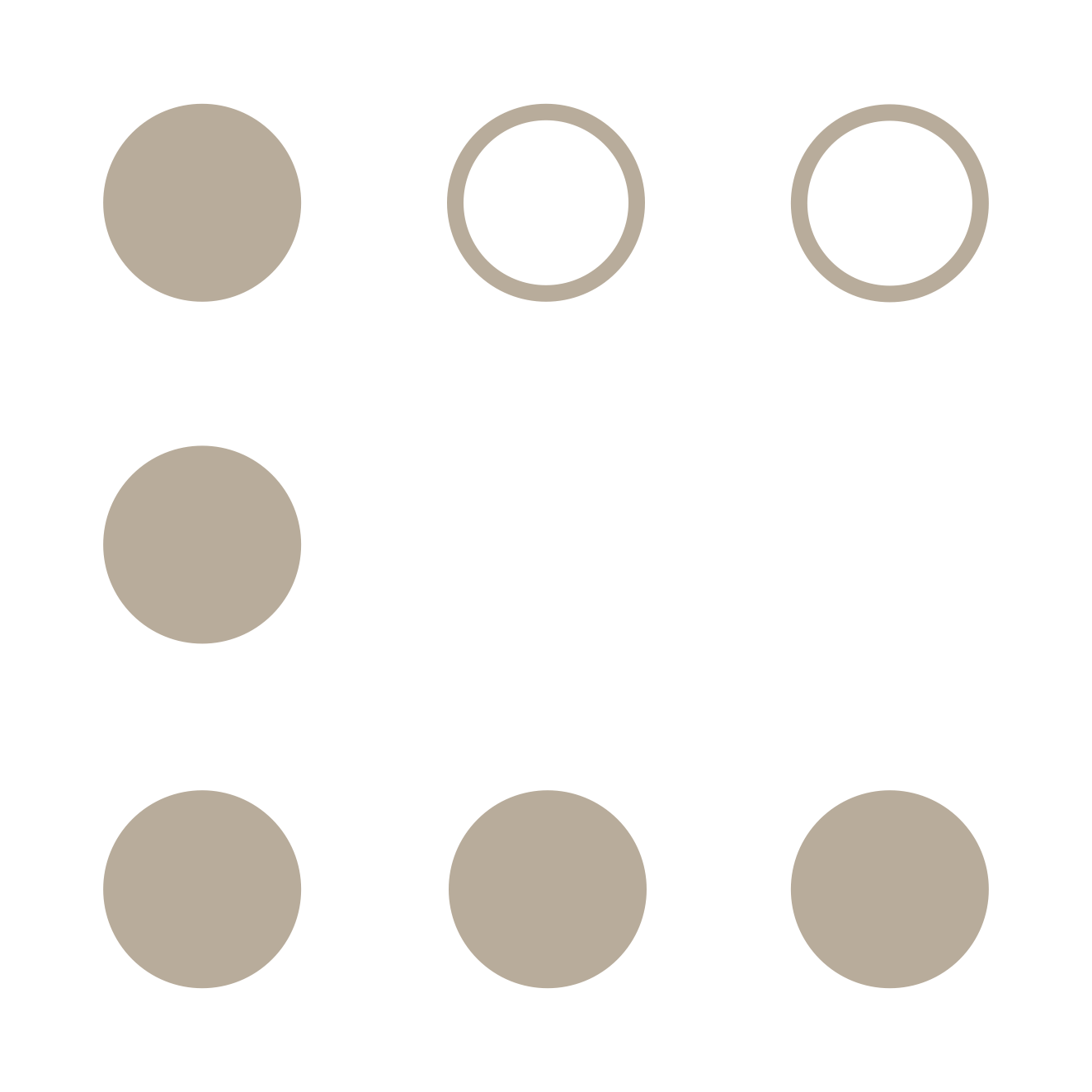Recently Apple has been awarded a patent for the virtual book page turn. Now imagine such an event in the age of the printing press. How would we navigate books or other printed materials? The tools and the methods we used in the physical world are slowly coming to live in the digital world. Skeuomorph design has blazed the path to copy from the physical to the virtual world. Yet, without a better understanding of the real world, will it help or hurt?
Not Flipping
I do not despair the page flip patent. To the contrary, I salute the fact that we will one day seize to use remnants from an inexpedient paper past and replace it with more convenient digital methods. Although we measure the power of a vehicle by horses we do not use their techniques to advance engine technology. So while we slowly transition from tangible to digital with clever tricks that ease our reluctance and broaden our acceptance, we will also surely break with tradition at some stage.
Epiphany
This has triggered my venture to seek out those methods that will likely make us smarter in the future. I’ve looked at the techniques we’ve been using to capture, preserve and reuse information, the things that help us remember, navigate and connect the dots. Not only prepackaged tools such as table of contents or book indexes. But also whatever we create ourselves like highlights, annotations, linking and citing to help us (re)organize information and easily consume it. I’ve sought the deeper meaning of why we need to have these techniques and then…I completely abandon them.
Red Highlight or Blue Highlight?
I could not find a viable way to translate the paper methods we are accustom to using in an efficient manner to a digital screen. I will not substitute the hardship of thumbing through indexes references, going back and forth in pages with the ease of simple search boxes or hyperlinks. Or digitally flipping pages and waiting for each page flip animation while a simple swipe with a continuous scroll that ‘rubber-bands‘ naturally seems a lot more appealing. Even the fundamental purpose of highlights seems a bit archaic if your primary goal is to filter out the contextual noise and focus on a phrase. In my humble opinion, the truth does not lie in any particularly fancy visual design but rather designing the animation of the interaction. In short: the presentation of the animation.
Awards and Rewards
I’ve now embarked on a crazy quest to seek out and find or create the perfect animations and interaction designs for seemingly mundane tasks such as highlighting. I’m not aiming for any awards just for real life applications and usefulness. I belief the secret of our intelligence lies not in the amount of information we can access but rather in the manner we interact with it. What makes us smarter is not what we read but how we understand it and remember it.
Now if you follow the logic of D670,713, see if you can spot the concealed patent in the video below. First correct answer in the comments will be rewarded.
The video is an announcement of a future of digital research and the departure of paper.LegalComplex’s mission to explore different options and challenge the status quo through a belief that digital tools are here to enhance not facsimile our intelligence…everywhere.The path to profit was never a straight line yet it was a well marked road. Now, it’s more a adventurous journey towards an elusive place I call Convenience, where profit resides in a hi-res glass house.
